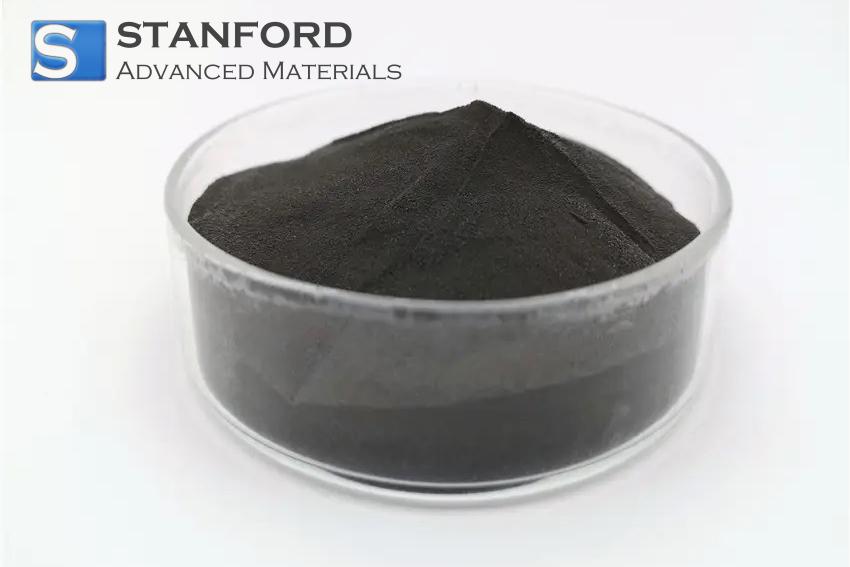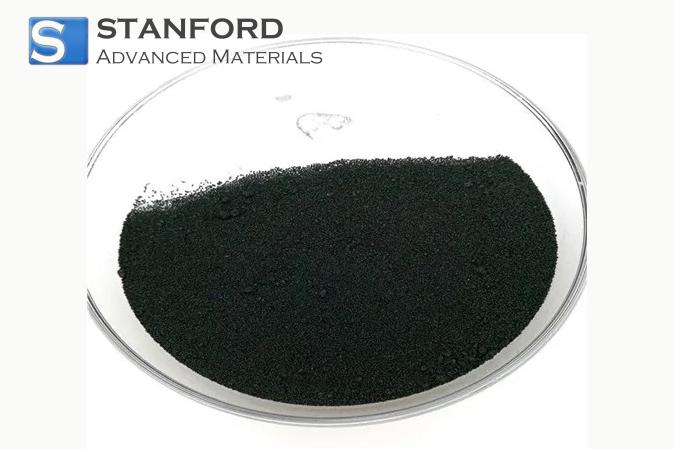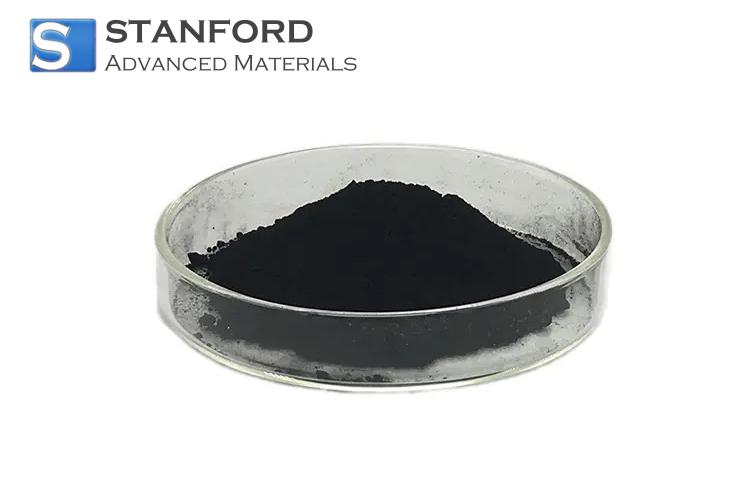Samarium: Element Properties And Uses
Description
Samarium is a rare earth metal with a silvery appearance and moderate hardness. It is known for its magnetic, optical and catalytic properties.
Introduction to the Element
Samarium is an element that belongs to the lanthanide series of the periodic table. This rare earth metal, with the chemical symbol Sm and atomic number 62, was discovered at the end of the 19/ century. It is typically found in minerals such as monazite and bastnäsite. The extraction process involves mechanical separation followed by ion exchange and solvent extraction. Consequently, reduction methods are applied to yield the purified metal.
Chemical Properties Description
The chemical properties of Samarium differentiate it from many other rare earth elements. Samarium normally occurs in the +3 oxidation state and forms stable compounds with oxygen and various non-metals.
Under ambient conditions, Samarium reacts with air and forms a thin oxide layer that protects it from further corrosion. This self-passivation is a desirable property in many industrial processes.
Physical Properties Data Table
|
Property |
Value |
Unit |
|
Atomic Number |
62 |
- |
|
Atomic Mass |
150.36 |
g/mol |
|
Density |
7.35 |
g/cm³ |
|
Melting Point |
1072 |
°C |
|
Boiling Point |
1900 |
°C |
|
Crystal Structure |
Hexagonal |
- |
Magnetic and Optical Properties of Samarium
|
Property |
Value |
Unit |
|
Magnetic Ordering |
Ferromagnetic |
- |
|
Curie Temperature |
~1070 |
K |
|
Magnetisation |
1.0 |
μB (Bohr magnetons) |
|
Coercive Field Strength |
High |
- |
|
Magnetic Moment |
0.2-0.3 |
μB |
|
Magnetic Energy Product (SmCo Magnets) |
~200-250 |
kJ/m³ |
|
Property |
Value |
Unit |
|
Colour |
Yellowish |
- |
|
Absorption Range |
400–700 |
nm (visible spectrum) |
|
Luminescence |
Strong red–orange fluorescence |
- |
|
Emission Spectrum |
600–700 |
nm |
|
Excitation Wavelength |
400–500 |
nm |
Further information can be found at Stanford Advanced Materials (SAM).
Common Applications
Samarium is utilised in modern industry and technology across various sectors. One primary application is the production of Samarium–Cobalt magnets, which exhibit stability at high temperatures and resistance to demagnetisation. These magnets are used in electric motors, aerospace components and military systems.
Furthermore, Samarium plays a significant role in nuclear reactors where it is applied as a neutron absorber, thereby enhancing the safety and efficiency of nuclear power generation. It is also employed in lasers and certain medical imaging techniques. Ongoing research is conducted to broaden its applications in advanced industrial sectors.
Processing Methods
The production process begins with the extraction of rare earth ores containing Samarium. The material is first concentrated by mechanical separation, followed by chemical techniques such as ion exchange and solvent extraction to separate Samarium from other elements. Subsequent reduction processes convert the compound into its metallic form. These methods have been refined over several decades to maximise yield and minimise environmental impact.
Frequently Asked Questions
What is Samarium?
Samarium is a rare earth metal notable for its defined chemical and physical properties. It is used in magnets and in various modern industrial products.
How is Samarium extracted from natural ores?
It is obtained from minerals such as monazite and bastnäsite through mechanical separation, followed by ion exchange and solvent extraction techniques.
What are the main applications of Samarium?
Samarium is used in the manufacture of Samarium–Cobalt magnets, in components for nuclear reactors and in modern alloys.
Can Samarium be used in medical applications?
Yes, certain isotopes of Samarium are employed in some cancer treatments and medical imaging due to their controlled radioactive properties.
Why is Samarium important for modern technology?
Its stable oxidation state and well-defined physical properties make it suitable for producing durable materials for high-performance applications in various technological sectors.

 Bars
Bars
 Beads & Spheres
Beads & Spheres
 Bolts & Nuts
Bolts & Nuts
 Crucibles
Crucibles
 Discs
Discs
 Fibers & Fabrics
Fibers & Fabrics
 Films
Films
 Flake
Flake
 Foams
Foams
 Foil
Foil
 Granules
Granules
 Honeycombs
Honeycombs
 Ink
Ink
 Laminate
Laminate
 Lumps
Lumps
 Meshes
Meshes
 Metallised Film
Metallised Film
 Plate
Plate
 Powders
Powders
 Rod
Rod
 Sheets
Sheets
 Single Crystals
Single Crystals
 Sputtering Target
Sputtering Target
 Tubes
Tubes
 Washer
Washer
 Wires
Wires
 Converters & Calculators
Converters & Calculators
 Write for Us
Write for Us





 Chin Trento
Chin Trento



